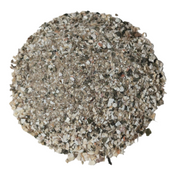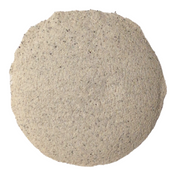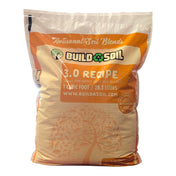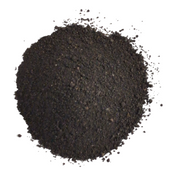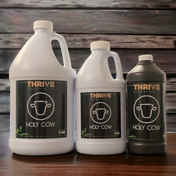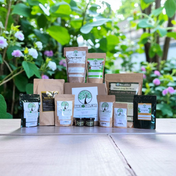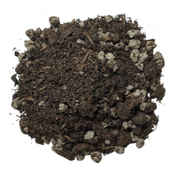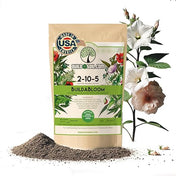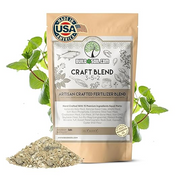Recently we were asked how to understand which soil test should be purchased at BuildASoil.com
When I wrote the email I figured it might be useful to anyone considering testing their soil to read. So, below is the very same email reply and you can read it for your benefit.
We utilize math based on several popular sources that are duplicatable.
The key difference with potting soil is that we had to learn over time the differences with testing and amending potting soil vs. Field soil.
1. The field soil is heavier and lbs per acre is based off of a standard weight of soil. Potting soil is much lighter. How do we adjust? Do we? This is important.
2. Organic matter is far higher than normally found on any farm.
3. We can cut the soil or leach the soil easily where with an acre.... it's more challenging.
Check out "The Ideal Soil 2.0" from Michael Astera whom I'm in direct contact with and he is available to do your soil interpretation through buildasoil.com or you can read his book.
Also check out, "The Intelligent Gardener" by Steve Solomon. He also works with BuildASoil.com and is available to do your interpretation or you can read his book!
With either of those resources you'll be able to do most of this yourself but of course we will be here to help if you wish.
Also check out our soil tests: https://buildasoil.com/collections/soil-testing
We would recommend a water test also.
Beyond that, the https://buildasoil.com/products/logan-labs-soil-test is the way to go. It's a standard set of 3 tests that we employ with potting soil to be accurate.
Once you get these test results you will need to convert the Soil test into a working set of fertilizers and amendments with a Farm Plan. To do this you can read the books mentioned or you can pay for our services! Available via BuildASoil Professional, Michael Astera or Steve Solomon.
Soil Sample taking info: https://loganlabs.com/doc/Soil%20Sampling%20Instructions.pdf
Basically we need a sample of at least 2 cups of potting soil. Move the mulch layer back and take a sample from the top 6 inches or so. You can also do a deep test if your containers are deeper and test them separate.
Alternative from the specific bed test. Many growers will take multiple samples in a bucket, mix together and then take 1 homogeneous sample to make testing affordable. Both ways are acceptable but the most accurate is always more tests. It's up to the grower to test as much as they want and usually they learn enough during the process to make a Standard procedure as to how they like to sample.
#1 Standard Soil Test Plus Extras - Extras: Cobalt, Molybdenum, Ammonium Nitrogen, Nitrate Nitrogen, Selenium, Silicon, EC
#2. AA 8.2 - This test is used to accurately determine the Calcium because potting soil has added calcium it acts similarly to alkaline soil in that it can falsely report high levels of adsorbed calcium in the soil. Once we have the AA8.2 we take the calcium # and use it to replace the calcium # from the Standard Test. Then we recalculate CEC. This allows us to be accurate!
#3 The Saturated Paste test which many agree is not accurate because it only shows what is water soluble when we know that plants exude acids and microbes break things down. That being said, We still use it because these things take time to happen and when we take a snapshot of what is water soluble we get two forms of results.
a. Fresh Made soil: Even though the soil test looks good, is there something way out of whack on the water soluble test that we could address?
b. No-Till Beds and Used Soil: We can see what is water soluble available just like the fresh potting soil but it goes to suppose that we are also seeing what the plants made available to be water soluble over time. Normally what we see over time in beds managed properly are very good water soluble tests and not always with freshly made soil. That's why all this data is valuable.
I hope that helps.


